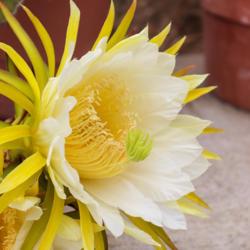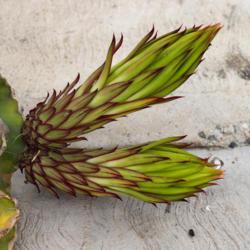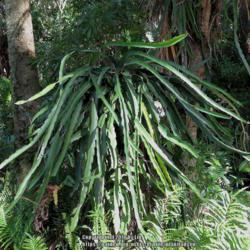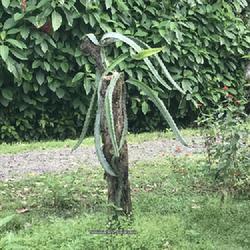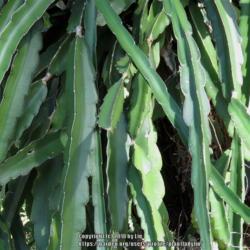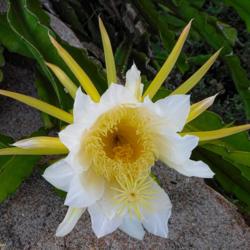| Plant Habit: | Cactus/Succulent |
| Life cycle: | Perennial |
| Sun Requirements: | Full Sun to Partial Shade Partial or Dappled Shade |
| Minimum cold hardiness: | Zone 9b -3.9 °C (25 °F) to -1.1 °C (30 °F) |
| Plant Height: | Can climb to 40 feet in nature, usually remains shorter when grown in containers. |
| Fruit: | Showy Edible to birds |
| Flowers: | Showy Fragrant Nocturnal |
| Flower Color: | White Other: Cream |
| Bloom Size: | 2"-3" 3"-4" 4"-5" |
| Flower Time: | Summer |
| Suitable Locations: | Xeriscapic Houseplant |
| Resistances: | Humidity tolerant Drought tolerant |
| Propagation: Other methods: | Cuttings: Stem |
| Containers: | Suitable in 1 gallon Suitable in 3 gallon or larger Suitable for hanging baskets Needs excellent drainage in pots |
| Miscellaneous: | Epiphytic |
